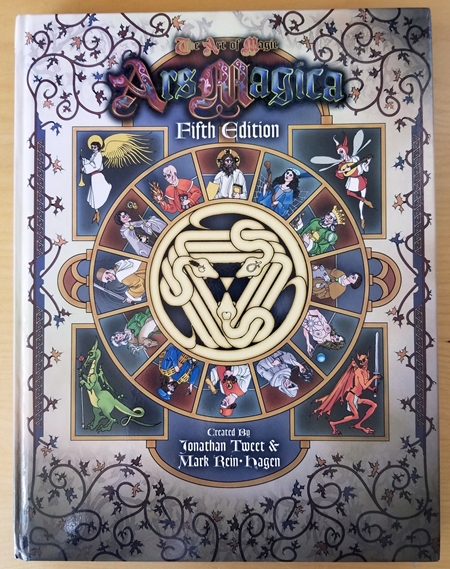Longest campaigns I’ve played from 2008-2022, and other data neepery
I’ve been logging RPG sessions on RPGGeek since 2008 — 961 of them as of this writing. I was thinking about Ars Magica [affiliate link] this morning and wondered where it stood in terms of my longest campaigns in the past 16 years, and lo and behold it’s right at the top: I posted about […]
Longest campaigns I’ve played from 2008-2022, and other data neepery Read More »

